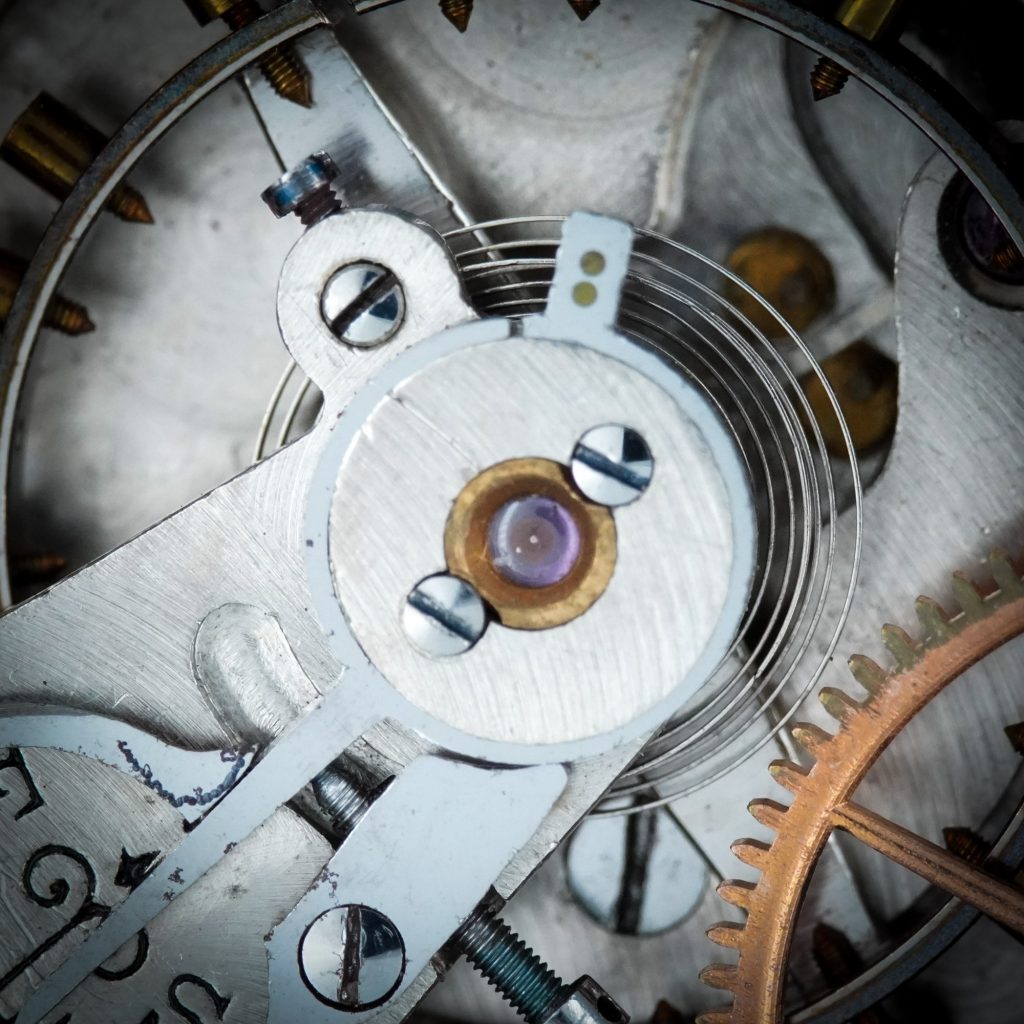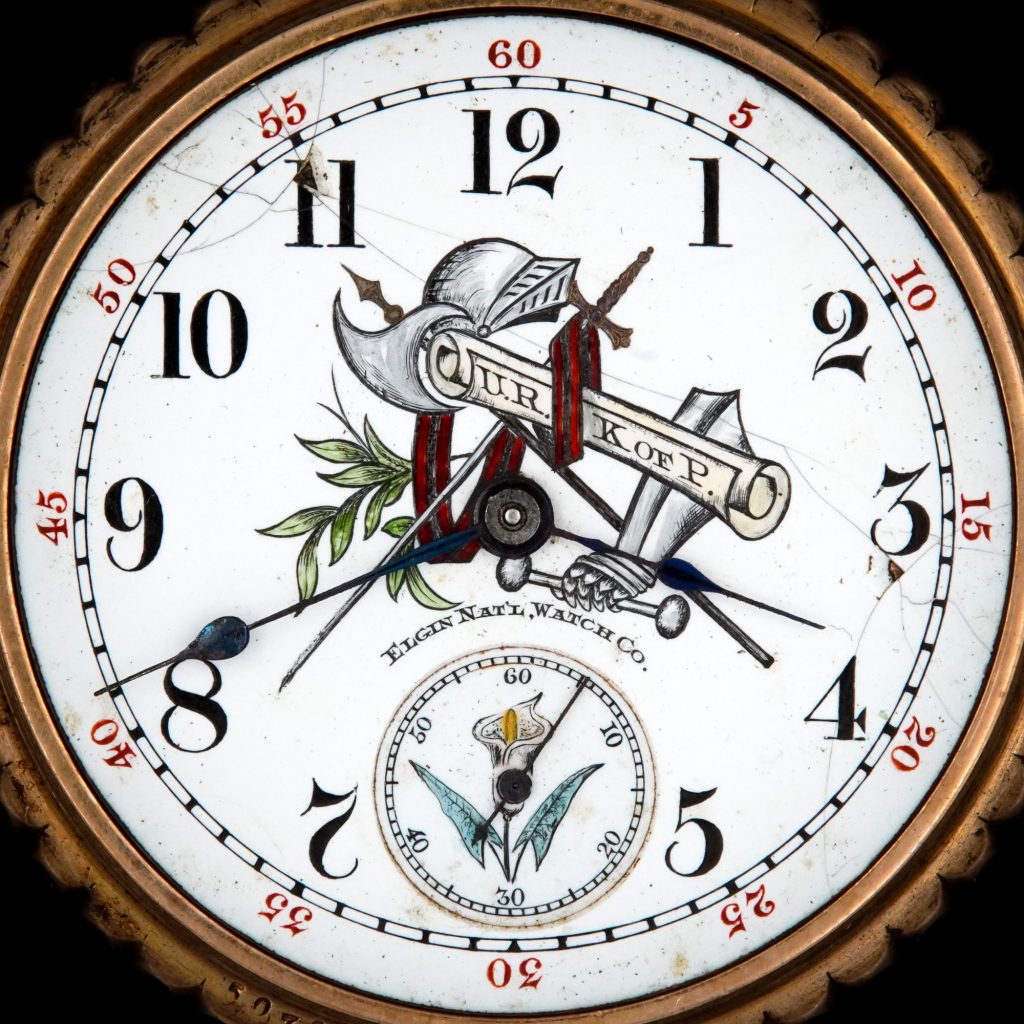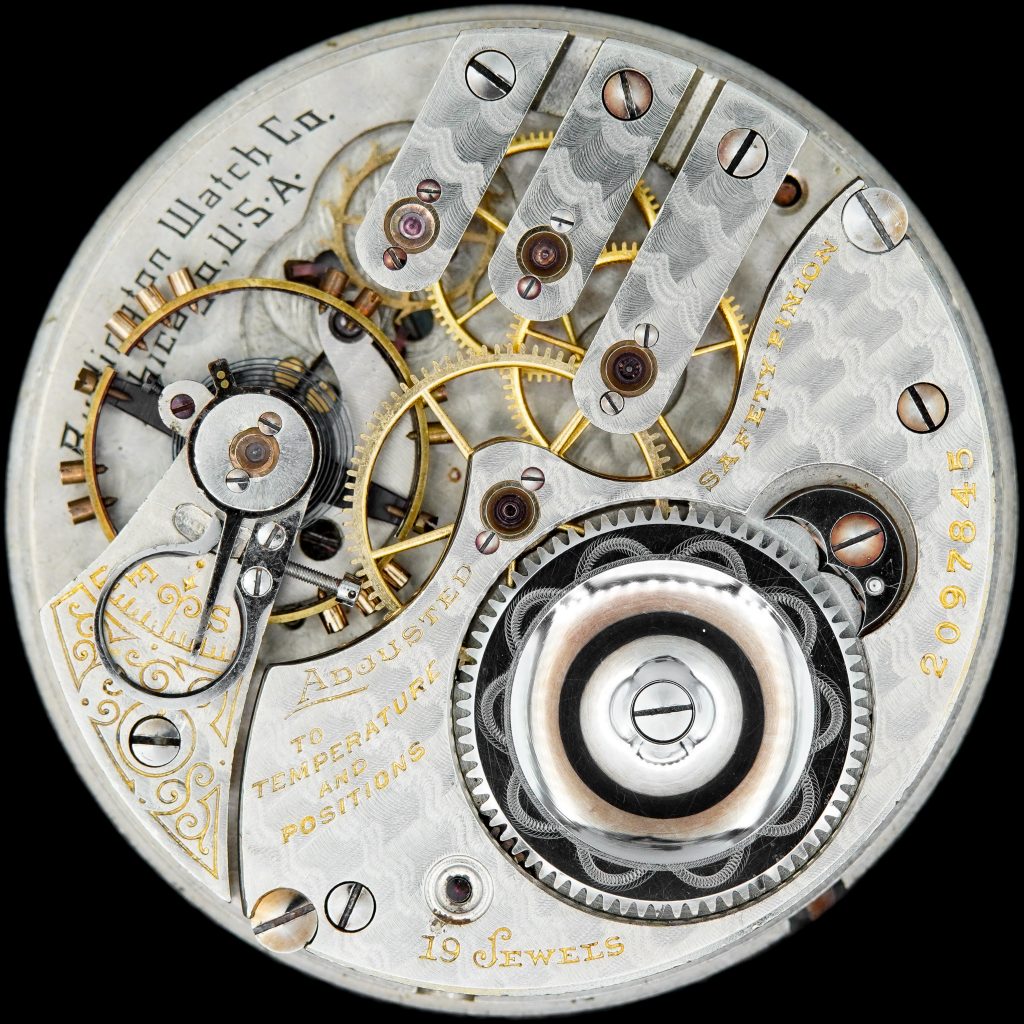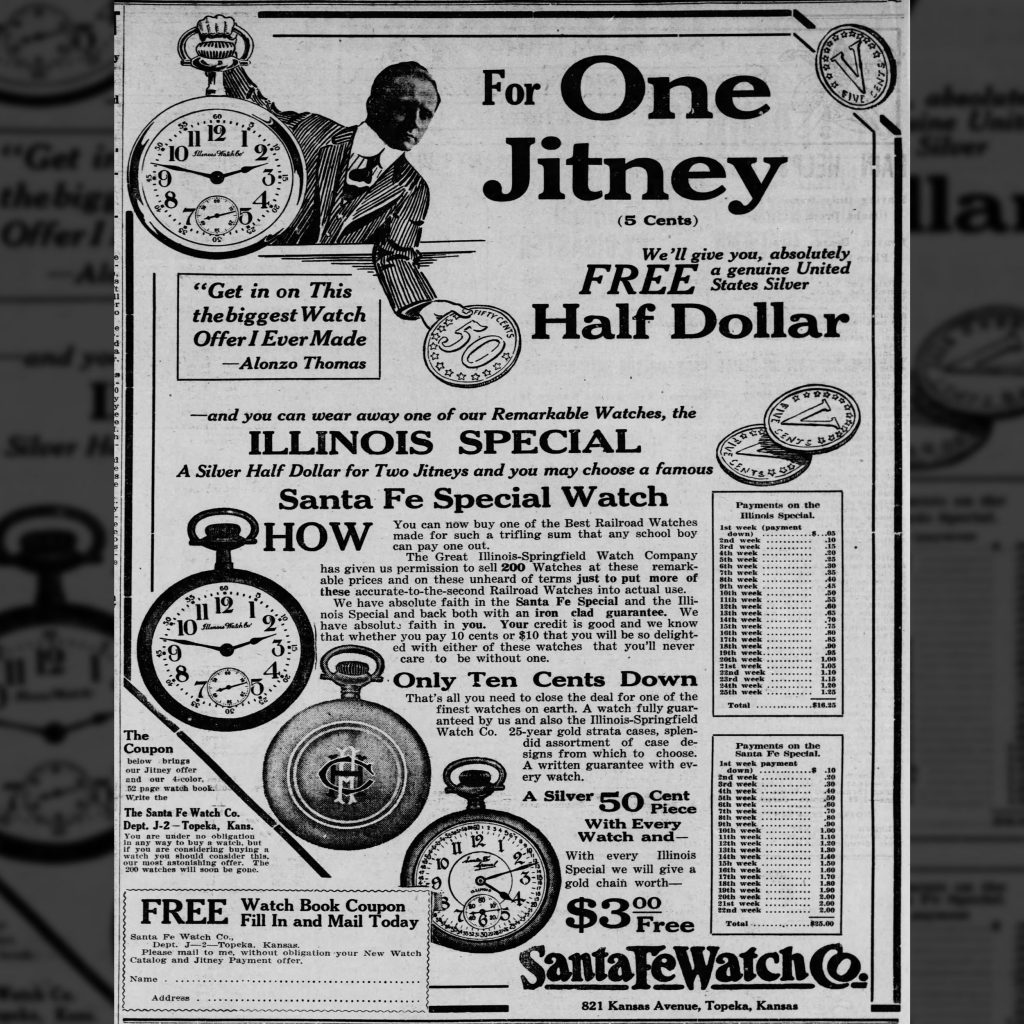Private Label Trade Names on American Pocket Watches: The Non-Magnetic Watch Company: Part 10: Paillard’s American Patents: Palladium Alloys

Charles-Auguste Paillard was granted a patent in the United States for his palladium alloy compensation balance on March 8, 1887. The remaining patents issued to Paillard were for general palladium alloys of different mixtures.
While Paillard briefly implies practical applications in the manufacturing of watch movements, the patent documentation focused primarily on the composition of the palladium alloys. This approach allowed Paillard to secure broader rights for the commercialization of a variety of palladium alloys.
Paillard’s United States patents for palladium alloys and designated compositions:
#367158
Granted July 26, 1887
(Mentions the use on “hair springs for watches and other time pieces”)
Palladium: 60-75%
Copper: 15-25%
Iron: 1-5%
#367159
Granted July 26, 1887
Palladium: 50-75%
Copper: 20-30%
Iron: 5-20%
#367160
Granted July 26, 1887
Palladium: 65-75%
Copper: 15-25%
Nickel: 1-5%
Gold: 1-2.5%
Platinum: 0.5-2%
Silver: 3-10%
Steel: 1-5%
#367161
Granted July 26, 1887
Palladium: 45-50%
Silver: 20-25%
Copper: 15-25%
Gold: 2-5%
Platinum: 2-5%
Nickel: 2-5%
Steel: 2-5%
#384709
Granted June 19, 1888
(Mentions the use on “non-magnetic composition balances”)
Palladium: 25-45%
Copper: 30-60%
Silver: 5-20%
Steel: 2-5%
It is interesting to note that each palladium alloys developed by Paillard contained small amounts of either iron or steel.




6 Comments